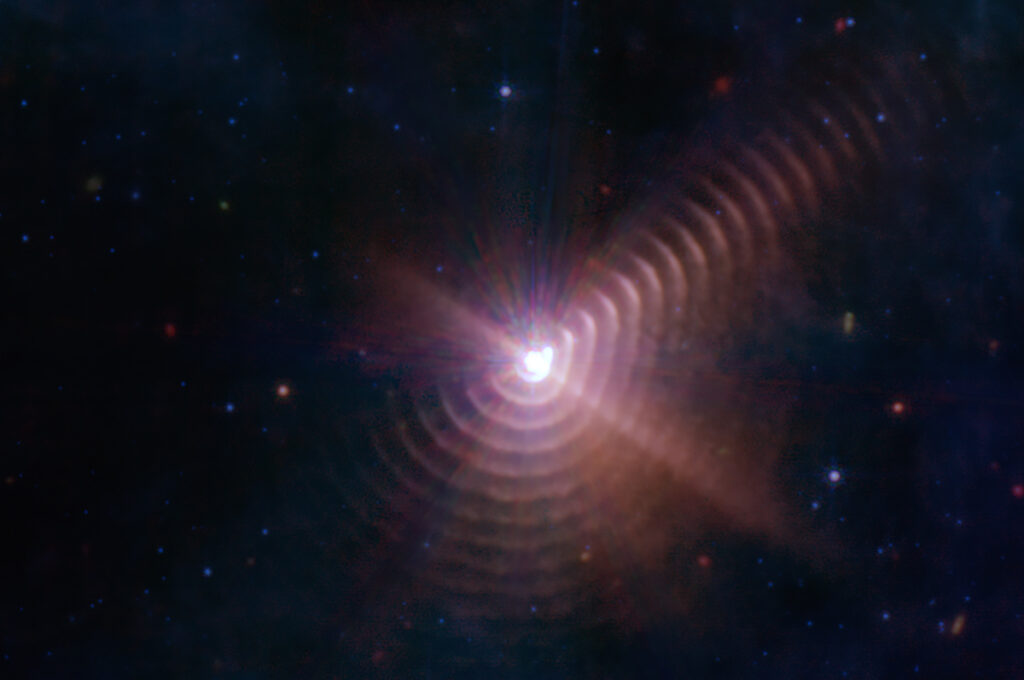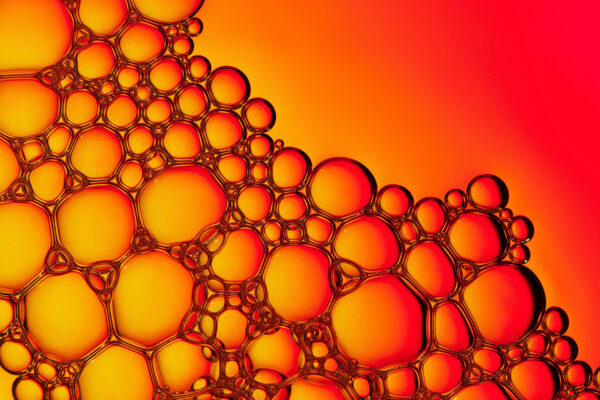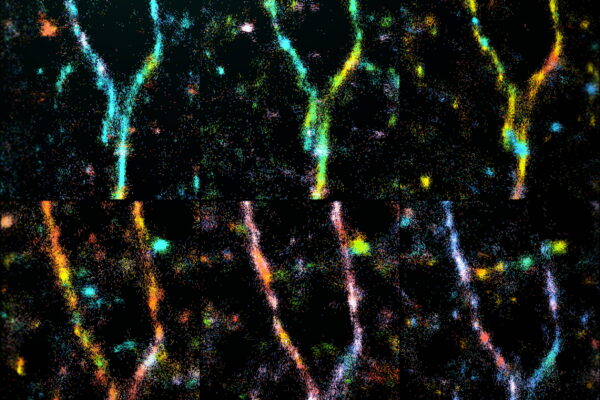
Scientists have long been able to look at single molecules to study their nanoscale structures and dynamics in biological systems. However, distinguishing between two closely spaced dipole emitters, which are fluorescent molecules that can emit light in specific directions and intensities, has remained a major challenge, especially when such molecules emit light at the same time and are spatially coincident, or located at nearly the same point in space. This limitation has hindered researchers’ ability to measure the orientation and angular separation of dipoles accurately, which is vital to understand their rotational dynamics in crowded cellular environments.
New research from Matthew Lew, an associate professor of electrical and systems engineering at the McKelvey School of Engineering at Washington University in St. Louis, and first author Yiyang Chen, a graduate student in WashU’s imaging science doctoral program, proves it is impossible to distinguish two coincident dipole molecules from one single molecule using existing polarization imaging techniques.
To solve this problem, Lew and Chen combine two methods, manipulating the polarization of the illumination laser and measuring the polarization of the collected fluorescence, to discriminate between pairs versus single molecules. Their combined technique also improves precision in measuring the relative orientation between pairs of molecules. The results were published March 7 in Physical Review Letters.
Read more on the McKelvey Engineering website.


